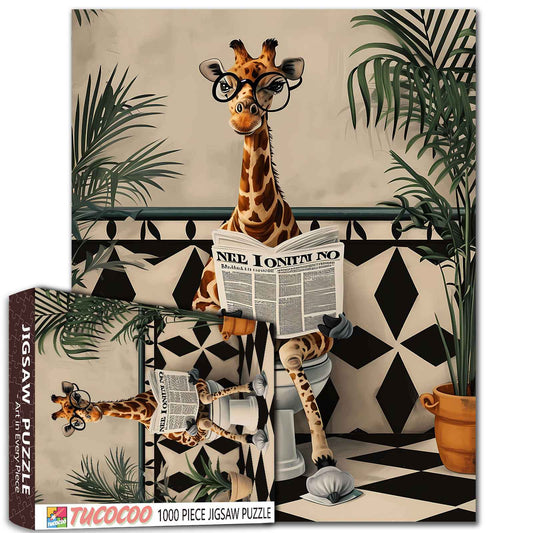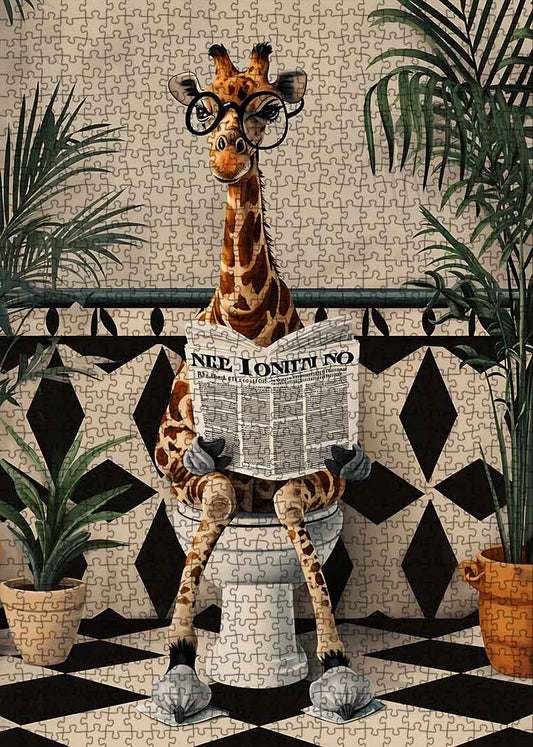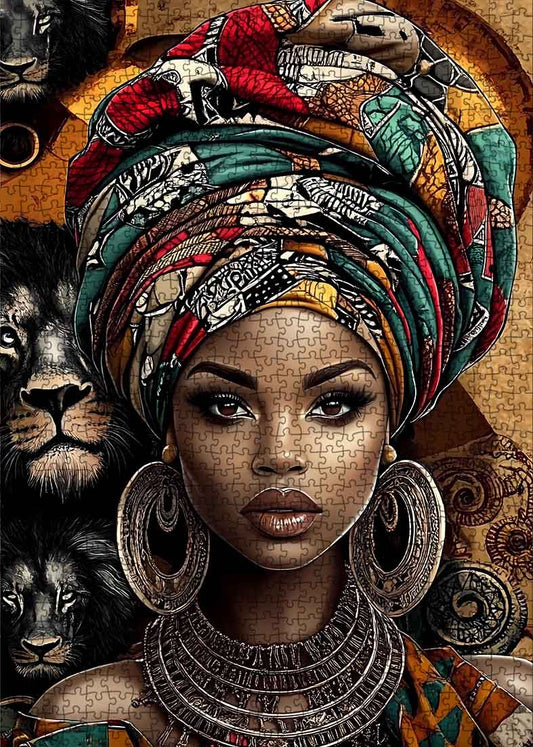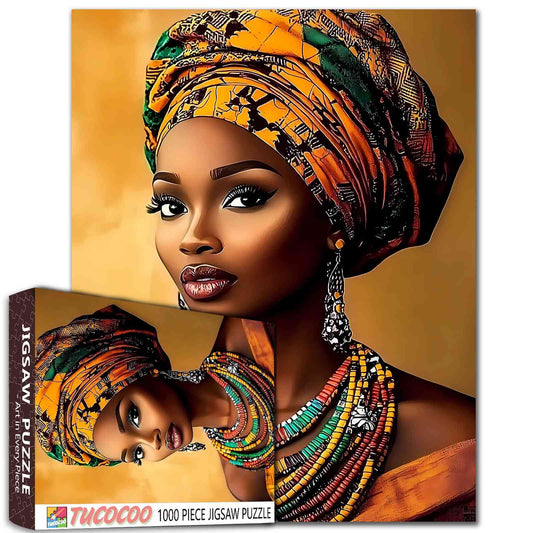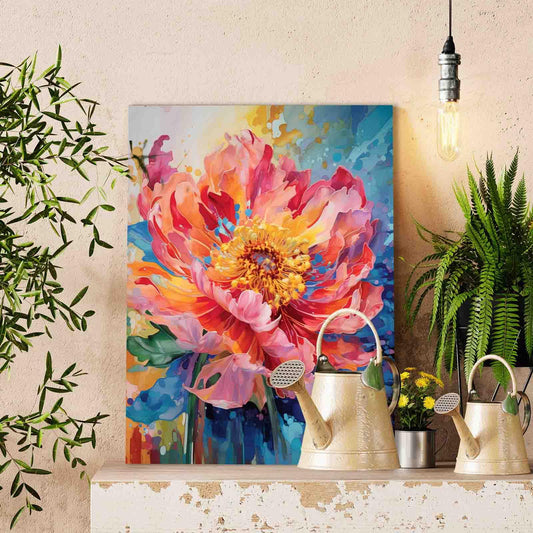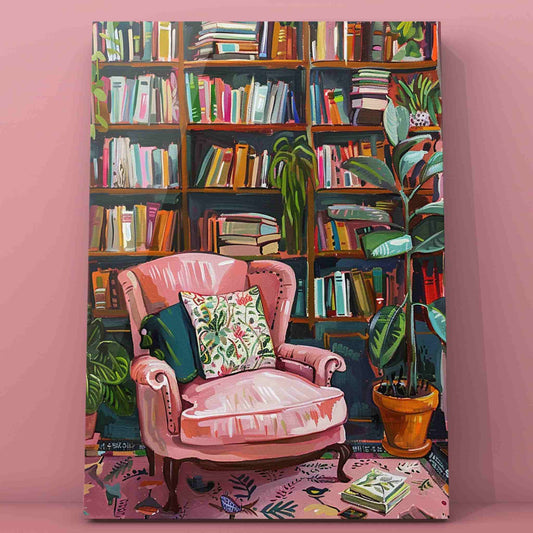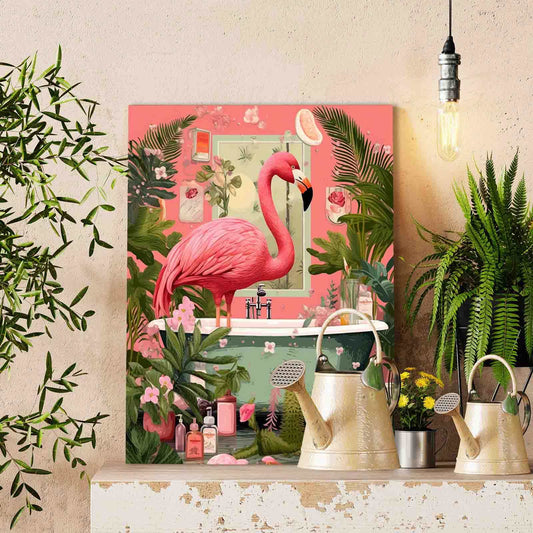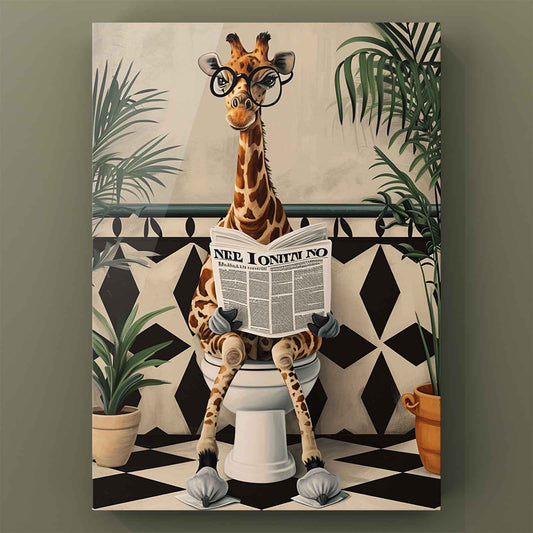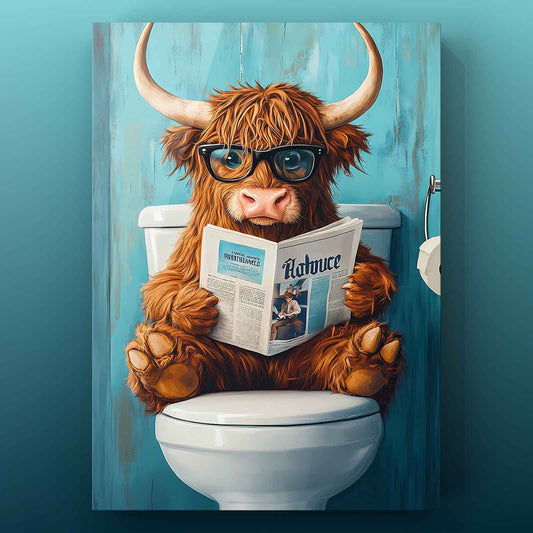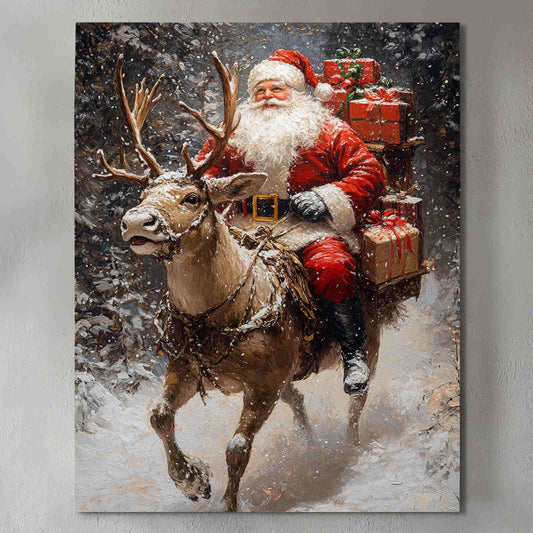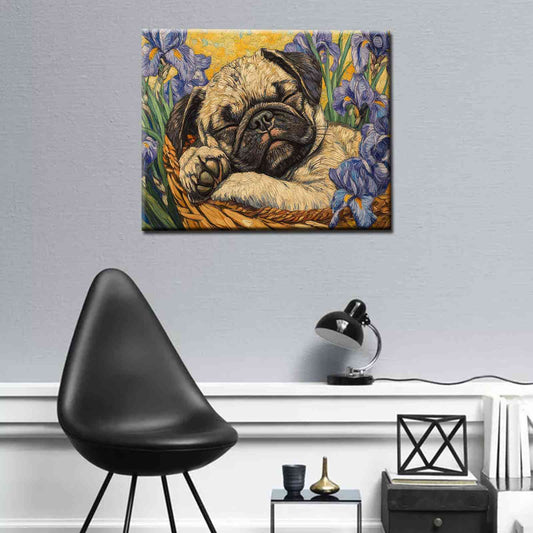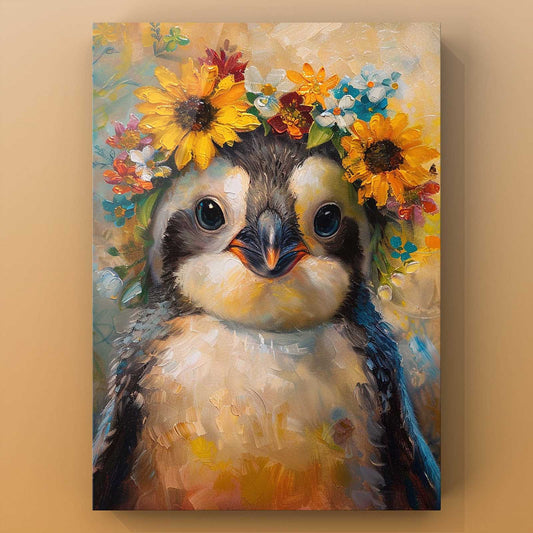
How to Paint Your First Artwork in Easy Steps

🎨 Painting might feel overwhelming at first, but it’s truly something anyone can try. You don’t have to be a professional artist or have years of experience to create something meaningful. Many beginners feel unsure about their creativity or worry about making mistakes, and that’s completely normal! The key is to start small, using simple steps and basic materials.
The great news is that you don’t need a lot to begin painting. A small canvas, a few brushes, and some basic paints are enough to get started. Even a pencil and a water container can be helpful. By focusing on easy things to paint, such as simple shapes or everyday objects, you’ll gradually build your confidence and skills. Take it one step at a time, and you’ll discover just how fun and rewarding painting can be.
Key Takeaways
Begin painting with simple tools like acrylic paints, brushes, and a canvas. Fancy supplies are not necessary to make art.
Pick easy subjects that you like. Things around you or nature are good for learning and building confidence.
Practice often with small projects. Finishing tiny paintings helps you get better and find your own style without stress.
Essential Materials for Painting for Beginners
Starting your painting journey is exciting, but it’s important to get your supplies ready first. Don’t worry—you don’t need a fancy setup to begin. Let’s break down the essentials you’ll need to dive into painting for beginners.
🖌️ Basic Supplies You’ll Need
To get started, you’ll need a few basic materials. Here’s a simple list to help you gather everything:
Paints (acrylics, watercolors, or oils—pick your medium based on what excites you).
Brushes in different sizes and shapes.
Paper or canvas to paint on.
A palette for mixing colors.
Water jars for cleaning brushes.
Pencils for sketching outlines.
Erasers for corrections.
Cloth or paper towels to wipe brushes.
These items form the foundation of your art supplies. If you’re unsure about paints, acrylics are a great choice for beginners. They’re versatile, dry quickly, and are easy to work with.
🎨 Choosing the Right Paints and Brushes
Picking the right paints and brushes can make a big difference in your experience. Start with student-grade paints—they’re affordable and perfect for learning the fundamentals of art. If you’re curious about painting with oils, you might want to try them later, but acrylics are a great starting point.
When it comes to brushes, choose a mix of flat and round brushes. Flat brushes are great for bold strokes, while round brushes help with details. If you’re working with watercolors, look for soft brushes that hold water well. Experimenting with different brushes will help you find what feels right.
🛠️ Optional Tools to Enhance Your Setup
Once you’ve got the basics, a few optional tools can make painting even more enjoyable:
An easel to hold your canvas.
Masking tape to create clean edges.
A palette knife for mixing or adding texture.
A flat board to support your paper.
These tools aren’t necessary, but they can enhance your setup and make the process smoother. As you practice, you’ll discover which tools work best for you. Remember, the goal is to enjoy the process and build confidence as you go.
Things to Paint: Picking Your First Subject
🌟 Choosing a Fun and Simple Subject
Picking your first subject doesn’t need to be hard. Ask yourself: Does this subject make me happy? Is it easy for my skill level? Choosing something you like will make painting more fun and less scary.
Here’s a quick way to decide:
Find Ideas: Look around your house or outside for inspiration. Everyday things or nature are great choices.
Make a List: Write down a few subjects that interest you.
Pick One: Choose the one that feels fun and simple.
For example, painting a bowl of fruit or a sunny landscape with hills is great for beginners. These are easy, enjoyable, and help you practice without feeling stressed.
🟠 Why Simple Shapes Are Great for Beginners
Simple shapes and objects are perfect when you’re starting out. Painting an apple or a tree with a horizon line helps you learn shading, mixing colors, and using brushes.
Artist Dianna Shyne says simple shapes teach you to observe and see how colors work together. This builds skills you’ll need later. Starting small also boosts creativity and confidence, making harder projects easier in the future.
🖼️ Using References or Paint-by-Numbers
If you don’t know what to paint, references or paint-by-number kits can help. These give you clear steps, so you can focus on learning. Paint-by-number kits show how colors fit together and make you feel good as your painting takes shape.
You can even turn a favorite photo into a custom paint-by-number kit. This makes painting personal and fun. Or, find reference pictures online or in books. A photo of a still-life or a calm landscape can guide your painting.
The goal is to enjoy learning and have fun. Whether you paint a still-life, a landscape, or use a kit, you’re starting your journey to create something special.
First Steps for Beginners: Setting Up Your Workspace
💡 Making a Cozy and Bright Workspace
Where you paint affects how much you enjoy it. A comfy, bright space helps you focus and feel creative. Pick a spot with lots of sunlight. Place your table or easel near a window to use the light. If sunlight isn’t available, that’s okay! Try these lighting options:
Lighting Type |
What It Does |
|---|---|
Lights up the whole room, like ceiling lights or LED panels. |
|
Task Lighting |
Gives focused light for work, like desk or office lamps. |
Accent Lighting |
Adds style and highlights areas, like wall lights or hanging lamps. |
You can also adjust brightness with dimmers or smart bulbs. This helps your eyes feel comfortable during long painting sessions.
🧹 Keeping Your Supplies Neat and Handy
Organizing your supplies makes painting easier and more fun. Use bins with labels to sort brushes, paints, and tools. A rolling cart is great for moving items closer to you. Hang metal cups on a rod for tools you use often or add shelves for extra storage.
If you don’t have much space, try a pegboard to hang tools or a small cart to hold everything. These ideas keep your area clean and your supplies easy to grab.
🖼️ Getting Your Canvas or Paper Ready
Before painting, prepare your canvas or paper. If using a canvas, apply gesso primer first. This makes the surface smooth and helps paint stick better. Follow these steps:
Stir the gesso before using it.
Use a clean brush to spread one or two coats evenly.
Let each coat dry fully before adding another.
Lightly sand between coats for a smoother surface.
Priming protects your canvas and makes colors stand out. It’s a small step that improves your artwork a lot.
Step-by-Step Guide to Create Your First Painting
🖼️ Step 1: Plan Your Composition and Gather Inspiration
Before you start painting, take a moment to plan your composition. This step helps you decide how to arrange the elements in your artwork. Think about the subject, mood, and colors you want to use. A well-thought-out composition brings everything together, making your painting more cohesive and visually appealing.
To gather inspiration, stay curious and look for ideas everywhere. Visit new places, take photos, or jot down ideas when they come to you. Carry a small notebook or use your phone to record fleeting thoughts. As one artist puts it, “By creating these simple studies, I’ve saved myself countless hours of work had I jumped right into a final painting from the reference.” Planning saves time and helps you focus on the fundamentals.
✏️ Step 2: Sketch the Outline of Your Subject
Start with a light sketch of your subject on the canvas or paper. This step helps you map out the basic shapes and proportions. Warm up by practicing hand-eye coordination with quick marks. Then, observe your subject closely and refine your lines. Don’t worry about perfection—loose sketches are a great way to improve your fluidity.
Here’s a simple process to follow:
Make quick, loose sketches to warm up.
Focus on the general shapes and avoid getting caught up in details.
Gradually refine your lines as you go.
Sketching is a fundamental skill that gets better with practice. Over time, you’ll feel more confident in capturing the essence of your subject.
🎨 Step 3: Start with an Underpainting
An underpainting is like the foundation of your artwork. It’s a thin layer of paint that sets the tone and helps you map out the values (light and dark areas). Using acrylic or watercolor for this step works well because they dry quickly and allow you to build layers efficiently.
This technique also eliminates the need for solvents, making your workspace safer. Apply a single color or a mix of muted tones to create a base. This step makes it easier to visualize the final painting and ensures a smoother workflow.
🌈 Step 4: Add Layers of Color and Build Details
Now comes the fun part—adding color! Start with lighter shades and gradually build up to darker tones. This layering technique creates depth and makes your painting more vibrant. Use thin paint for smooth transitions and to avoid muddying your colors.
Here are a few techniques to try:
Layering: Build up color intensity by applying multiple layers.
Glazing: Use thin, transparent layers to add depth and subtle effects.
Thin Paint: Apply very thin layers for gradual transitions and detailed rendering.
For example, creating a softly blended sky might require several layers. Take your time and enjoy the process of watching your painting come to life.
✨ Step 5: Final Touches and Refinements
The last step is all about polishing your painting. Add small details, highlights, and shadows to enhance the overall look. Take a step back and evaluate your work. Ask yourself what you like and what could be improved. This reflection helps you grow as an artist.
Quick studies or value sketches can also guide your final touches. They clarify the structure of light and shadow, making your painting more dynamic. Remember, the goal isn’t perfection—it’s about creating something you’re proud of.
Beginner Tips to Build Confidence and Improve Skills
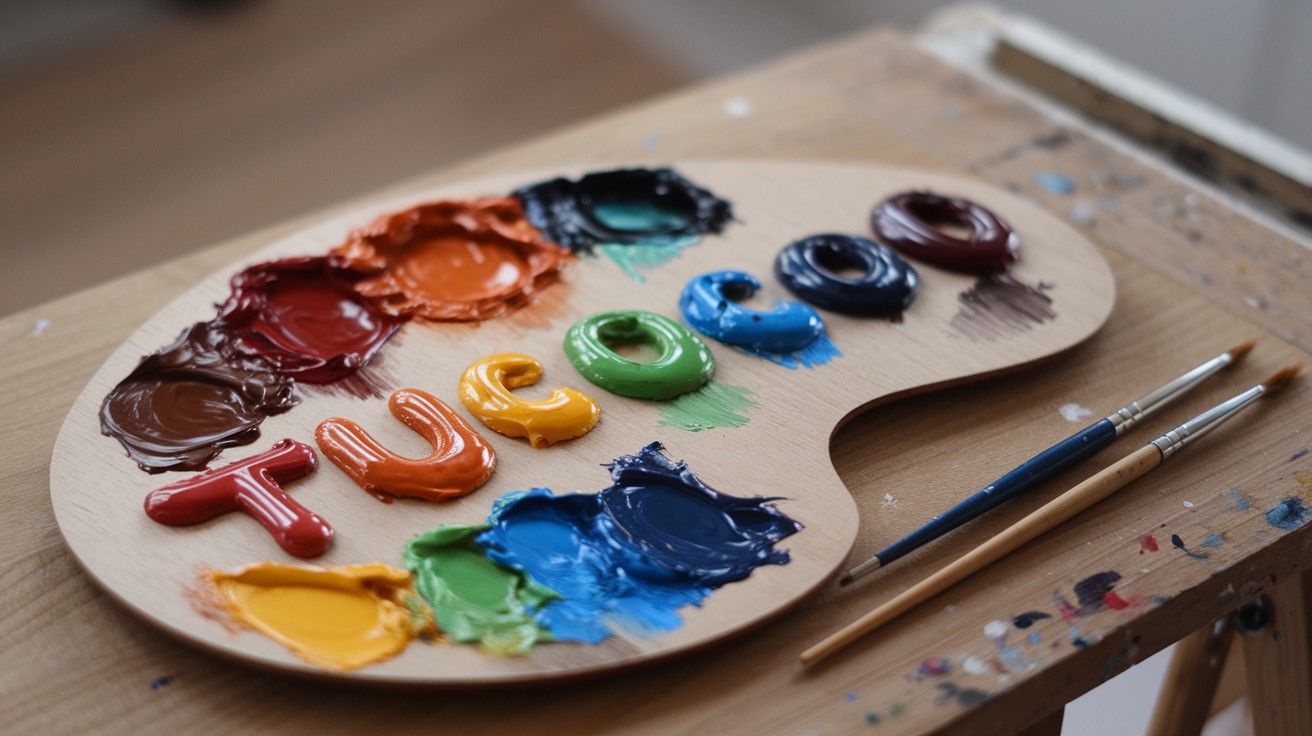
Tucocoo Paint by Numbers
🌱 Start Small and Keep It Simple
Begin with small projects to feel more confident. Mini paintings are quick and easy to finish. A 5"x7" canvas costs about $1, so it’s affordable to practice. You can complete a small painting in one or two hours. This helps you stay motivated and worry less about mistakes.
Painting simple things like a flower or sunset is a good start. It helps you focus on basic skills without feeling stressed. Small projects also teach you to notice details and try new colors. Many artists succeed by starting small. One artist said mini paintings helped them get into galleries in just two years!
🖌️ Practice Regularly to Develop Your Style
Practicing often is important to get better at painting. Set aside time weekly, even if it’s just 15 minutes. Quick sketches or small studies can improve your skills and help you find your style. Challenges like painting every day for 30 days can keep you motivated. Remember, learning takes time and patience, especially with watercolor or other mediums.
🎨 Experiment with Colors and Techniques
Try new things to grow as an artist. Use different brushes, surfaces, and techniques to see what works. For example, adding texture can make your painting more interesting. Playing with colors and layers helps you find your own style. The more you try, the more confident you’ll become.
💪 Don’t Be Afraid to Make Mistakes
Mistakes are normal and help you learn. They show you what works and what doesn’t. As one artist says, “Mistakes are the best teachers.” Each mistake is a chance to improve. Accept your errors and keep going forward.
🎉 Great job! You’ve started your journey into painting. Today, grab your brushes and enjoy creating something new. Be patient and keep practicing to get better.
Artists like Susan Mary Halfhide and Aditi Dharmadhikari say staying kind to yourself and practicing often helps you improve. Mistakes aren’t failures—they help you find your own style.
Painting is for everyone, no matter how skilled you are. Trying new colors or subjects makes the process exciting and fun. Let your curiosity and passion lead the way. Why wait? Begin painting now and enjoy every moment!
FAQ
❓ What if I don’t have natural artistic talent?
You don’t need talent to start painting. Practice and patience help you improve. Focus on enjoying the process, not perfection.
🎨 How do I fix mistakes in my painting?
Mistakes happen! Let the paint dry, then paint over it. For watercolors, blot the area gently with a damp cloth to lift the color.
🖌️ How long does it take to finish a painting?
It depends on the size and detail. A simple painting might take 1-2 hours, while more detailed work could take days. Take your time and enjoy it!



